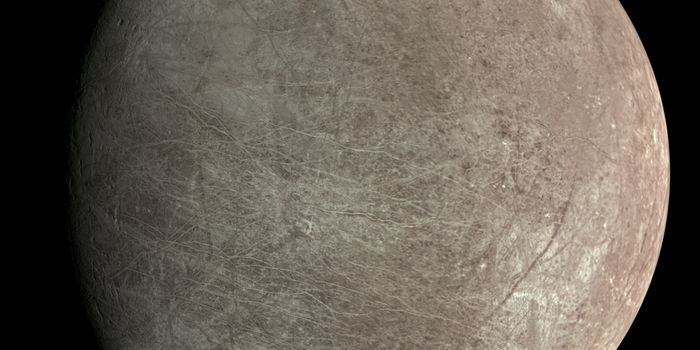NASA's Rocket for Putting People on Mars Passes Critical Design Review
Earlier in the month, NASA revealed publicly the agency’s plans to try and send humans into deep space missions where they would be able to permanently settle on other planets. The plans specifically detailed Mars as a location of interest, and NASA wants it to happen within the next few decades.
Getting everything approved by the government is the big deal-breaker. NASA will have to acquire sufficient funding to make it happen, and there are a lot of permits and safety expectations that need to be met before NASA can even think about putting people on another planet to live.
Fortunately, NASA has announced this week that it’s one step closer to making everything happen. The agency’s space launch system (SLS) rocket, the most powerful rocket ever made, has passed critical design review (CDR) that took place in July of this year, and NASA says that the components of the rocket are already in the midst of being manufactured.

“We’ve nailed down the design of SLS, we’ve successfully completed the first round of testing of the rocket’s engines and boosters, and all the major components for the first flight are now in production,” said Bill Hill, deputy associate administrator of NASA’s Exploration Systems Development Division. “There have been challenges, and there will be more ahead, but this review gives us confidence that we are on the right track for the first flight of SLS and using it to extend permanent human presence into deep space.”
This is a particularly big step in the right direction for NASA because this is the first time in more than 40 years that a NASA-branded “human-rated” rocket has made it through CDR. The new rocket will be built in three configurations, one after another, and will be used for taking astronauts out of Earth’s orbit and into deep space.
The first Block 1 configuration will offer 70-metric-ton (77-ton) lift capability, while the second Block 1B will offer 105-metric-ton (115-ton) lift capacity, and the final Block 2 will offer 130-metric-ton (143-ton) lift capacity.

“This is a major step in the design and readiness of SLS,” said John Honeycutt, SLS program manager. “Our team has worked extremely hard, and we are moving forward with building this rocket. We are qualifying hardware, building structural test articles, and making real progress.”
NASA would first like to use the rocket to send astronauts to the Moon once again by around 2020, and this should provide NASA with the necessary benchmarks and information it needs to calculate the plans for going to Mars. NASA will start with the first configuration, and will continue to upgrade it as future missions require.
There are still more certifications that have to take place before the rocket is ready. Those include a design certification in 2017 after the manufacturing and assembly of the rocket is complete, then in 2018, a flight-readiness certification will take place to ensure that the rocket is safe and free from life-threating flaws.
Although we won’t be out of the Earth’s orbit still for quite a while, this is a huge step forward in the realm of space exploration that will help set in stone the plans to send astronauts to another planet.
Source: NASA








